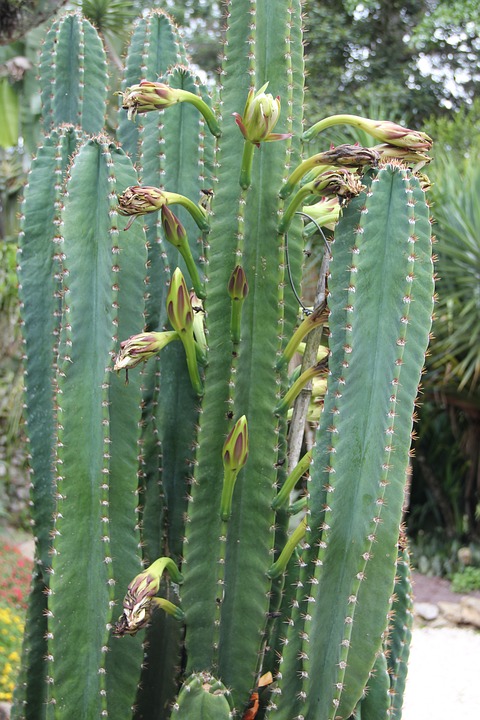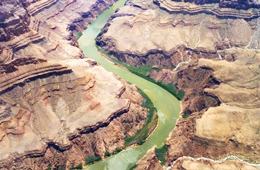Millions of people come see the Grand Canyon every year. and why not? There’s about a billion things to do. Hiking, biking, backpacking, swimming, fishing, camping and touring historical landmarks.
If you are planning a trip to this gorgeous national park, and are looking to go camping or hiking, edible plants of the Grand Canyon are surely fun, and might even save the day should you find yourself in trouble.
Whether you’re a survivalist, an avid hiker or just think plants are interesting, we’ll talk about the top 3 edible plants in and around the Grand Canyon.
Edible Plant #1: Banana Yucca

The banana yucca plant is one that has an extensive history of utilization by the Native American tribes that are known in the west. This plant is part of the Agave family.
Typically, it is found on slopes that are extremely dry; however, it is also found in valleys that range from 3,000 feet above sea level to 8,000 feet above sea level.
The fruits on the plant look like a type of thick banana. These grow up to either 4 or 5 inches in length. Ideally, the fruits should be placed in stews or soups. The flowers of the plant – if cooked over an open fire in water – are also edible.
If the inner root is boiled, it may be transformed into a tea for hydration and will also assist in pain and inflammation. If you need to create a soap to clean wounds in the field, you may do so by taking the root and agitating it in water. You may also cut up the root and boil it in order to create a soap.
Edible Plant #2: Currant Bush

The currant bush is a type of thornless shrub that grows abundantly throughout the Grand Canyon. The berries of this shrub are very high in nutritional value and very low in fat.
Many gardeners use these plants to bake, to create jams, and to make jelly. This is because the berries are a bit on the tart side.
The berries on the currant bush are commonly red, pink, white, and even black. White berries are the sweetest. These berries contain a high level of vitamin c, an immense level of potassium, and a lot of phosphorous.
These are excellent food sources in emergency situations in the Grand Canyon. This is an excellent source of nutrition for individuals suffering from various medical conditions, such as diabetes and high blood pressure.
Edible Plant #3: Cereus Cactus
 If you find yourself in a dire situation in or around the Grand Canyon and are looking for a tasty food source, you should opt for the cereus cactus.
If you find yourself in a dire situation in or around the Grand Canyon and are looking for a tasty food source, you should opt for the cereus cactus.
This type of cactus is known by its red fruit – which is often called “dragon fruit”. It is either red or yellow in color.
The center is either white or red and contains a lot of black seeds.
Not only will this fruit serve as a highly nutritious meal, but, the moisture in the fruit will keep you from becoming dehydrated while in the desert!
There are many different edible plants situated throughout the Grand Canyon.
If you are planning on traveling deep within the area, it is imperative that you learn about these plants.
Not only are these plants edible, but, they may serve as a source of hydration and may help you with certain illnesses and injuries.
Here’s a great slideshow about edible plants in the Grand Canyon
If you want an easy way to take a trip to the Grand Canyon, we have many pre-planned tour packages to choose from.



